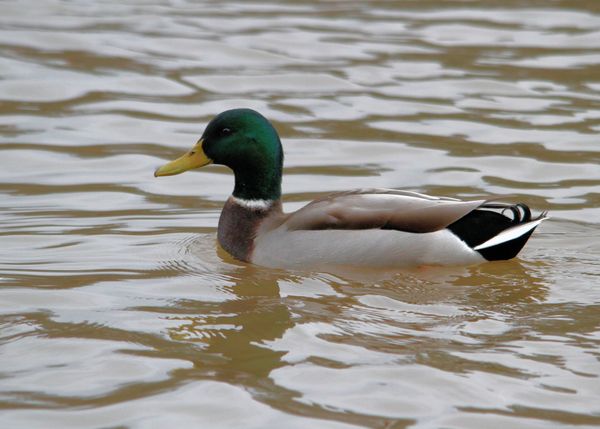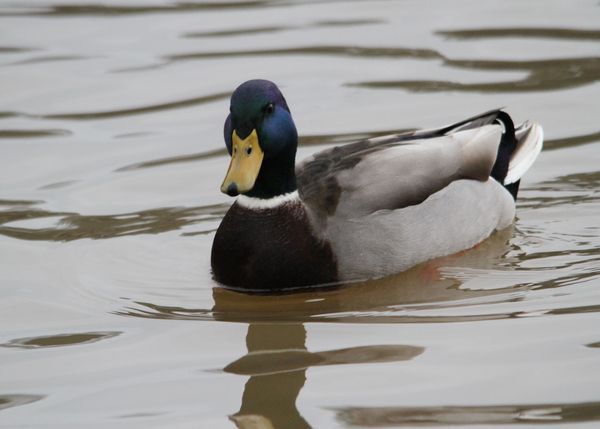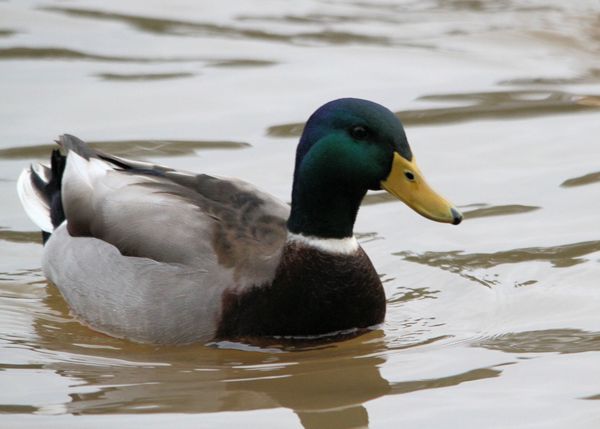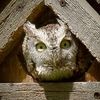On being irridescent
Jan 2, 2014 22:37:31 #
On being iridescent sounds like a self help book from some new-age guru, but it is better than that. Mallards were the first waterfowl I could identify as a child. So they hold a special place in my heart.
1

2

3

Jan 3, 2014 08:21:59 #
jrb1213 wrote:
On being iridescent sounds like a self help book from some new-age guru, but it is better than that. Mallards were the first waterfowl I could identify as a child. So they hold a special place in my heart.
John, nice captures, love the colors in their iridescent heads.
Jan 3, 2014 23:26:29 #
jrb1213 wrote:
On being iridescent sounds like a self help book from some new-age guru, but it is better than that. Mallards were the first waterfowl I could identify as a child. So they hold a special place in my heart.
Very nice. :thumbup: :thumbup:
Jan 3, 2014 23:58:26 #
Jan 4, 2014 23:13:07 #
Iridescence is structural color. That means that here is no pigment involved but the groves formed by the vanes of the feathers act like a prism and split the light into its components. Some of those colors get absorbed by pigments in the feathers so you see only some of the refracted colors. In the case of the Mallard, you only see green and sometimes blue. How well you see this is dependent upon the angle and intensity of the light relative to the viewer.
Many bird's colors are due to this process. Grackles, peacocks, Buffleheads, Mallards, Magpies. are all iridescent. Other birds colors are due to structural colors but are not iridescent: Cardinals, Indigo Buntings, Bluebirds, and Blue jays come to mind. In fact, I believe that there is no blue pigment in any bird, it is always structural color. Fascinating! No?
Many bird's colors are due to this process. Grackles, peacocks, Buffleheads, Mallards, Magpies. are all iridescent. Other birds colors are due to structural colors but are not iridescent: Cardinals, Indigo Buntings, Bluebirds, and Blue jays come to mind. In fact, I believe that there is no blue pigment in any bird, it is always structural color. Fascinating! No?
Jan 4, 2014 23:37:59 #
birdpix wrote:
Iridescence is structural color. That means that h... (show quote)
Blue is a rare color in any group of animals, and as far as I know only exists in bird feathers due to refraction, caused by the structure of the molecules. I do not know about the beak and feet of the blue footed booby. I have been studying genetics recently and now I am curious if someone has found out if the blue in birds is caused by the same gene or was derived by different gene mutations.
Fascinating? Incredibly so!
If you want to reply, then register here. Registration is free and your account is created instantly, so you can post right away.



